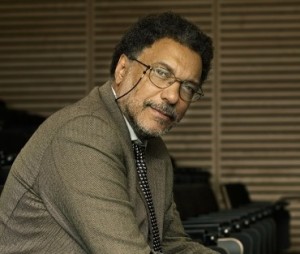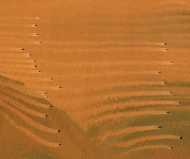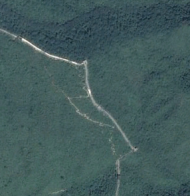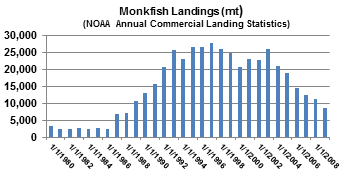December 16, 2021 — More than 100 scientists signed a letter sent to Congress on Monday, 13 December, urging lawmakers to ensure that all seafood products imported into the United States are caught using legal means.
Illegal, unreported, and unregulated (IUU) fishing is often associated with human trafficking and other human rights abuses, and distant-water fishing forces vessel owners and operators to extend trips to “achieve a sizeable catch,” the university professors, research fellows, and scientists claimed in the two-page letter. In order to get that kind of catch, some operators will use forced labor and harvest fishing stocks beyond allowable limits, they alleged.
Read the full story at SeafoodSource






